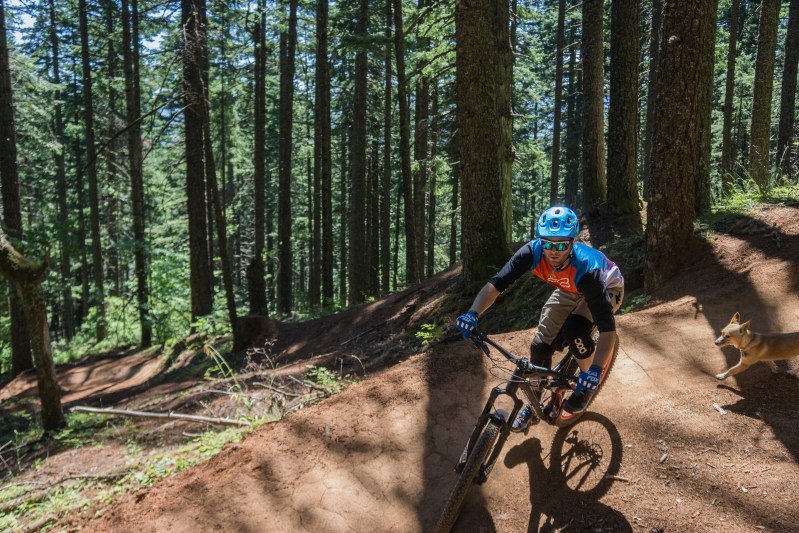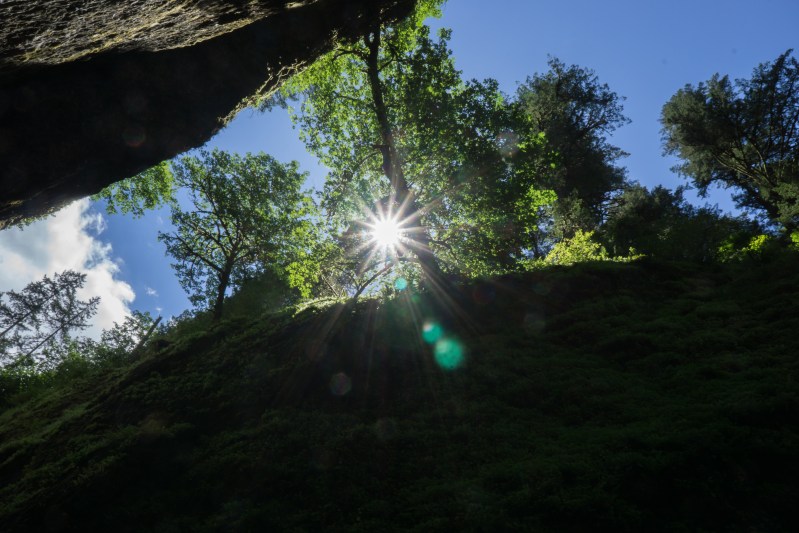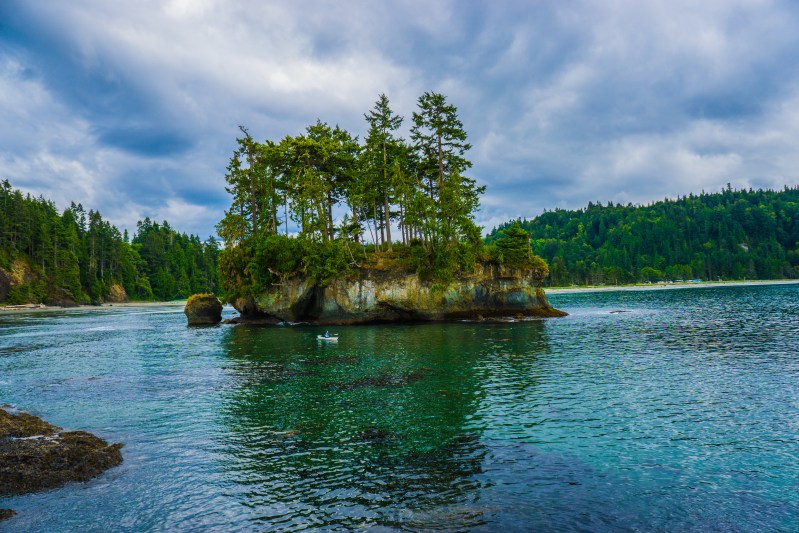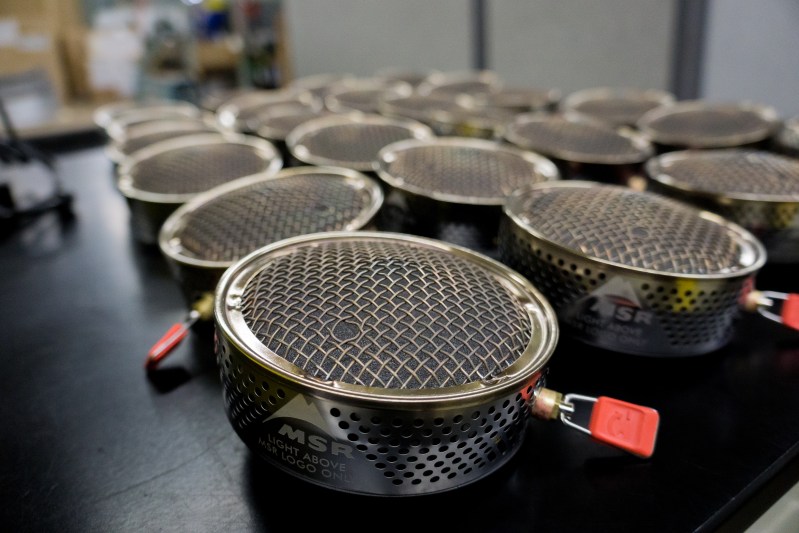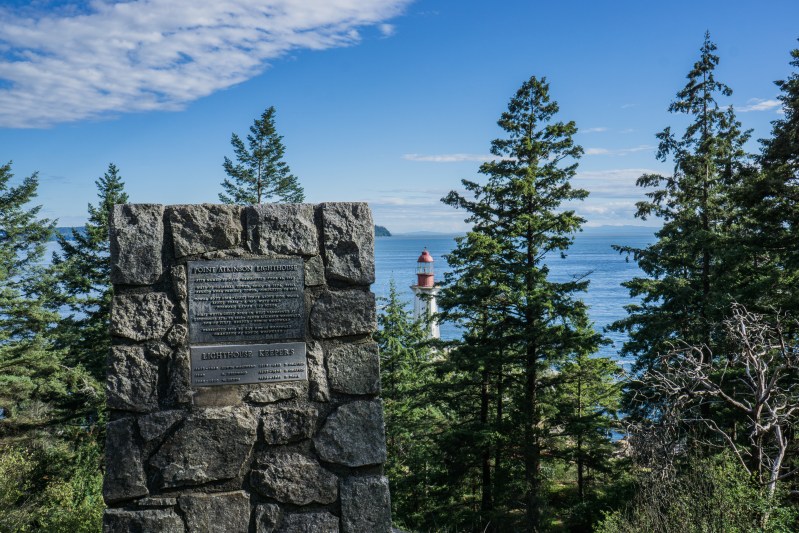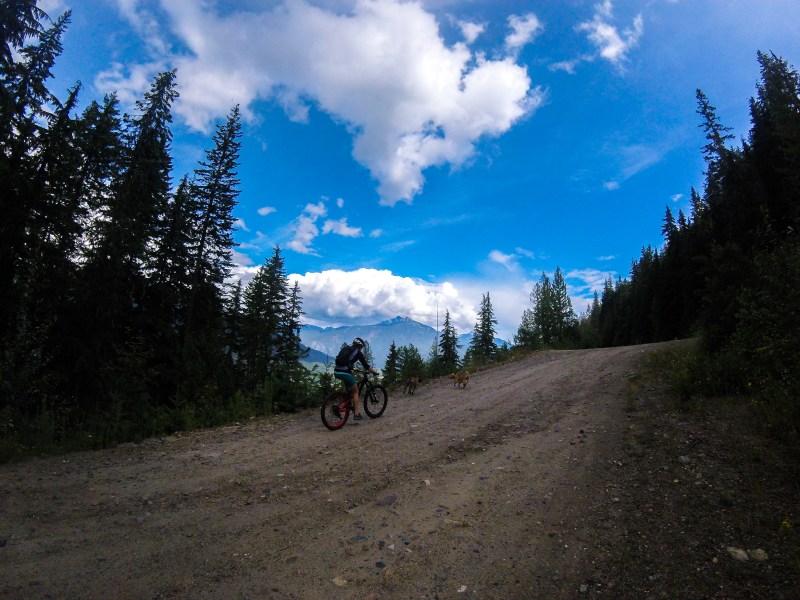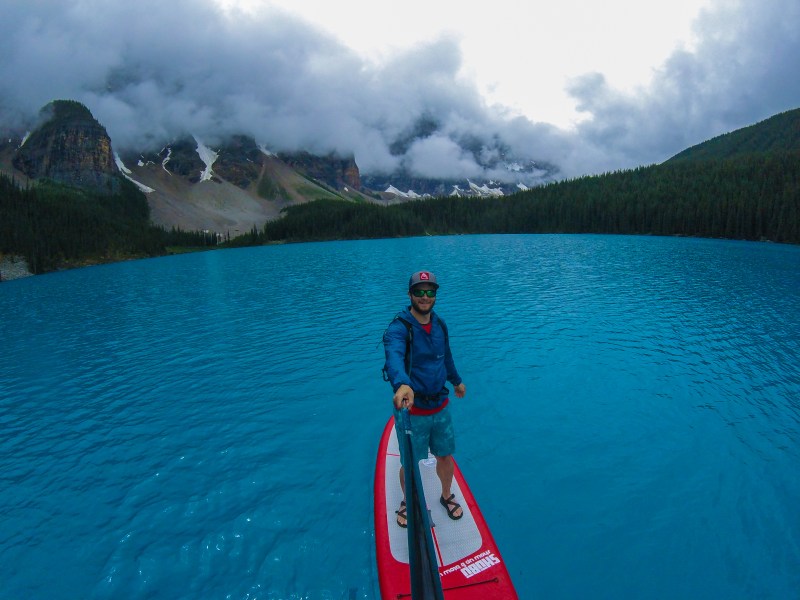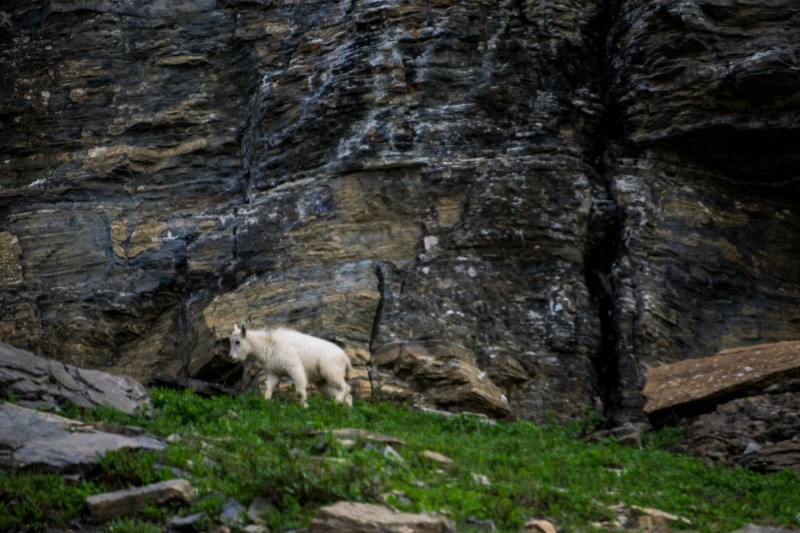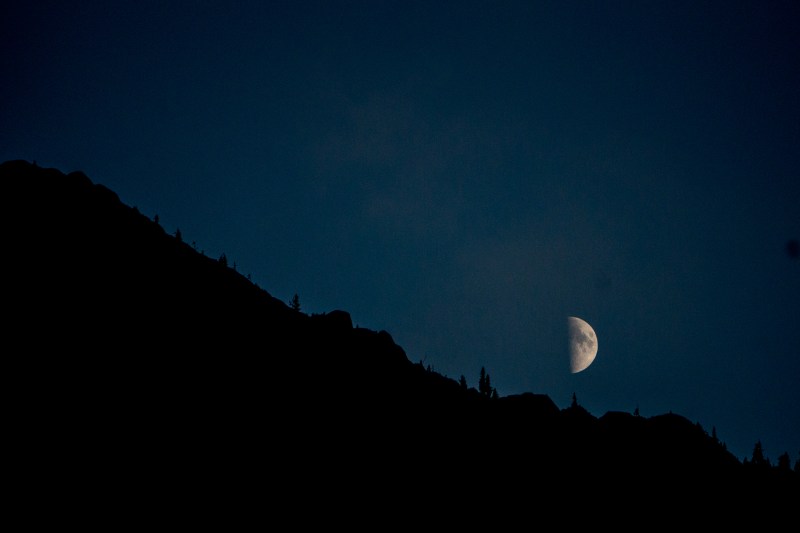The great American road trip. For many it is almost a right of passage – you get out and explore some of the wild places of our nation’s heritage, in the hopes that some of that wildness returns home with you. For others, it is a journey to a new home, with some added adventure along the way. Whether driven by necessity or wanderlust, getting out on the road is freeing. We recently took a 4,200 mile road trip through the Pacific Northwest to put some of the skills and gear from the Modern Outdoorsman Series to the test. After three weeks on the road, six states, two provinces, hundreds of miles hiked, biked, and paddled, and almost two dozen nights out under the stars, we learned some valuable lessons.
Related: Nomad Life: Our Favorite Road Trip Gear | 3 Must Drive Road Trips
Leg One: Hood River, Oregon
Early in the afternoon of June 30th, I checked out of the office for the last time for three weeks and rushed home to finish packing up the car for the first leg of our road trip. After weeks of careful planning, checklists of gear, itineraries, dog sitters (my wife has four pups, and only two got to make the trip with us), we were finally off. Almost. In our rush to get the last bits of camping gear tucked into the car, we nearly left all the dog food and their beds sitting on our front porch. We were literally pulling out of the driveway when my wife spotted the plastic tub with all the pups’ gear sitting there, nearly abandoned. That first lesson was a simple one, and never forgotten when packing and unpacking camp since then: have a simple checklist and organization system. When you’re juggling fitting in every possible piece of gear with living out of your car for an extended period of time, it’s easy to leave something behind that you will regret not having. We solved this by keeping gear in clear plastic bins that were easy to pack, kept related gear close at hand, and most importantly, was annotated with a sharpie for its contents. I wasn’t real pretty, but it made unpacking and finding the tent, cookware, and other essentials a breeze. Likewise, packing up was a short affair, checking every bin’s list, and repacking the car.
Our drive into Hood River was a long overnight haul, and our first stop when in town was to visit friends at Dakine’s Headquarters right on the Columbia River. After a quick tour and a sneak peak at some new mountain biking gear, we picked their brains on places to get out on our bikes, pitch a tent, and grab lunch. We’d spent some time looking at guide books and reading reviews on popular apps and travel site, but nothing beats local knowledge. We were lucky enough to have friends in the area. If you’re heading into completely foreign territory, stake out the local gear shops. A few friendly questions will go a long way to finding that perfect campsite or hidden swimming hole. Don’t be afraid to hire a guide either – any reputable service will have all the best spots mapped out for everything from day trips to multiday excursions. Our conversation paid off with an epic campsite that was within a short drive of the best mountain biking of our lives, in view of Mt. Hood, and we didn’t get disturbed by a single person for three amazing nights.
On our way out of Hood River we changed things up and headed to two of the most iconic (and touristy) spots in Orgeon, Multnomah Falls and the Oneonta Gorge. While beautiful, we made the mistake of going over a major holiday weekend. The gorgeous pictures you usually associate with these pristine waterfalls were still epic, just inundated with tour buses, selfie sticks, and what seemed like every child under the age of five in a few hundred mile radius. Not to say it wasn’t great to tick those places off the bucketlist, but a little better planning (and not showing up at noon on the Fourth of July) could have been a little better.
Leg Two: Port Orchard, Washington
After spending the long holiday weekend in Oregon, we moved up the coast to stay at a friend’s cottage in Port Orchard, Washington and enjoy some down time while resting our legs and bikes. Plan for some rest days. If you’re out for weeks on end, you’ll need to find the time to do a little laundry (seriously, bring a laundry basket and some detergent), rest weary legs – we were going on four straight days of all day biking and hiking, and clean up dirty gear. Lucky for us, the front yard of the cottage we stayed at was a little secluded from the road; at one point we had bikes getting washed, laundry drying, and paddle boards airing out. We probably looked like a grungy nomad camp.
While were in the Seattle area, we also got a chance to take a tour of Cascade Designs’ US factory where all MSR stoves and water filters are made. Seeing the level of quality control, hands on manufacturing (almost everything is hand fitted from start to finish), and craftsmanship had us floored. I’ll never take that pricetag at my local REI for granted again when looking at the latest ultralight stove. We’ll have more on the amazing Guardian Purifier soon, after we get it out on a few backpacking trips in our home mountain ranges near Salt lake City.
Leg Three: British Columbia
From Port Orchard, we made our way North again, this time to Vancouver, British Columbia. At the border crossing we had our passports ready, and lucky for me, my wife had all of the veterinary health certificates ready for both of our dogs. The border guards were actually more interested in my Corgi than me – I guess I am not a rabies threat. Good thing we’re both up to date on out vaccinations. While in Vancouver, we paid a quick visit to Lighthouse Park to tire the dogs out under the pristine old growth forest before taking a tour of lululemon’s offices and getting our own workout in.
From Vancouver, we had a marathon stretch to Banff National Park ahead of us. Rather than trying to push through in a single day, we broke the drive up into shorter sections and did a little exploring. Having that final destination is always the goal, but sometimes the side trips are even more fun than your original plan. Between Vancouver and Banff we discovered roadside waterfalls, road some tricky single track trails in Revelstoke, and enjoyed local elk steak in a tiny restaurant in Golden, BC.
When we pulled in to Banff, a huge stormfront greeted us. Our hopes to get out to some of the backcountry areas were dashed due to grizzly sightings near our intended trail head and lightning, so we made a quick plan B. Alternative plans are better than sitting in the car, so we unrolled our inflatable SUPs in the Moraine Lake parking lot (much to the delight of a bunch of Chinese tourists), grabbed our paddles, and headed out on the lake. Watching the storm roll through the high country, creating mini flash floods and waterfalls as it blew through was more than enough consolation to missing out on an alpine hike.
Leg Four: Big Sky Country
From Banff, we headed South to Montana, and our last two stops of the trip, Glacier National Park and Big Sky Ski Resort. Glacier was purely a sightseeing affair, with a quick trip up Going to the Sun Road. We would have liked to stay longer, but my vacation time at work was quickly running out. Seeing a few newborn baby mountain goats play on Logan Pass had to hold us over until we can return for a proper exploring trip.
Our last stop was Big Sky Ski Resort, to enjoy more than forty miles of lift served mountain biking trails, a local brewfest, and our first truly dog friendly hotel of the trip. Staying in the luxury of a mountain lodge (more on that soon!) was welcome change from roadside camping. Indulge yourself now and then. It’s okay to splurge on that nice hotel room or get a well cooked steak. You’re on vacation, so it doesn’t have to be peanut butter and jelly sandwiches and tents the whole time.
Leg Five: Home
Our last lesson on the four hundred mile stretch home from Montana was the hardest. We keep a well stocked roadside emergency kit in the car for small repairs and problems. Halfway home however, we had car trouble that no amount of extra wiper fluid, flares, or extra hoses could fix. We broke down a few miles outside of Pocatello, Idaho with serious timing and drive belt problems: the belts shredded and we were lucky to not do serious engine damage. When major problems like this happen (and they will happen), it’s a good idea to know your insurance policy’s roadside assistance features. Better yet, get a membership with a national organization like AAA. For less than the cost of a nice date with your lady friend, you’ll have national towing coverage as well as a good network for finding a repair shop with you’re hundreds or thousands of miles from home. We got lucky and the shop that our insurance recommended had a certified Honda mechanic that had us repaired with new belts and a full tune. We were home in Salt Lake just a day late.
Whether you’re heading out for a summer of dirtbagging, or just a long weekend of car camping, getting out on the open road is one of the best vacation decisions you can make. When you’re out on that road trip, make every moment count – with the exception of sitting on the side of the road waiting for a towtruck.
